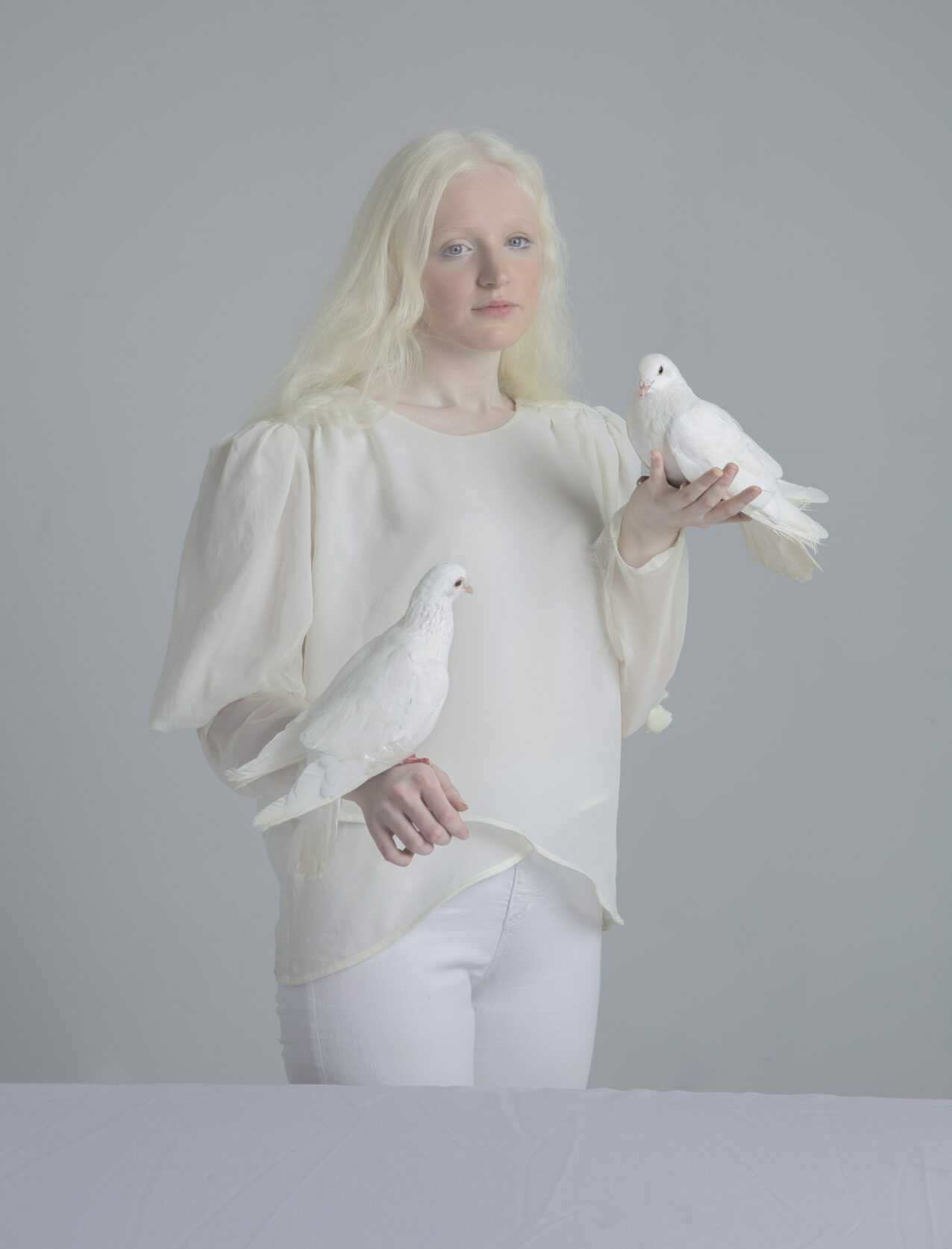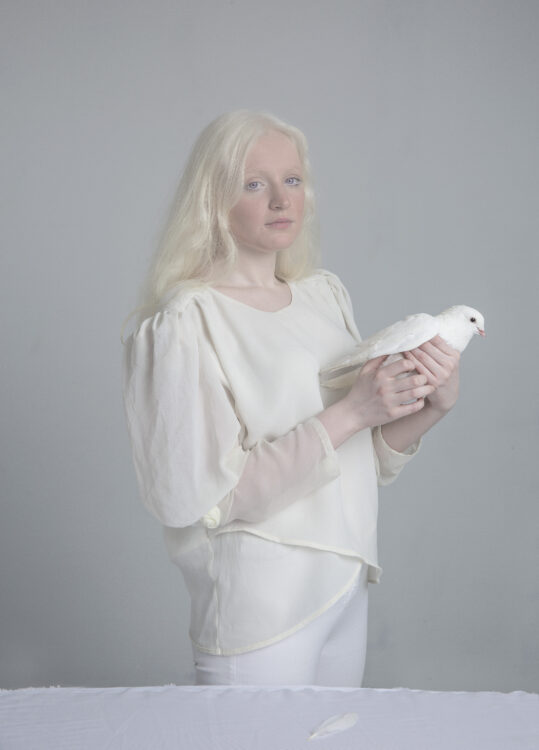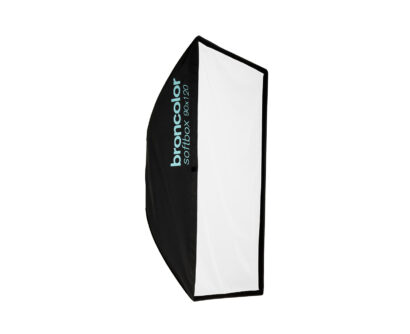Ever since I heard of albinism, I have been fascinated by this condition. To me, these individuals seemed more like mystical beings coming from an ethereal world. The white skin and Barbie hair, the red eyes...
I am always looking for characters for my work and I am always searching for the unique, the less probable; redheads, white-skinned people (more exotic in the Arab world).
One day, I decided to do something about my fascination with albinism, I had learned about it at school, but had hardly ever met with a person with these characteristics. I started on a quest to find people with albinism – through social media and more.
It was not until I met Razanne, my amazing intern/assistant, that she introduced me to Sana.

Sana turned out to be a great muse. I talked about the experience on set and explained how, for me, what is more important than the final image is the experience on set and how everything looks so surreal in front of us.
Then, with light, I wanted to add my part.
I have always had a certain affinity with pastels, with lighter colours – they create a calm, almost mystical, atmosphere. This time, I wanted to find a way to translate this fascination through my choice of model, instead of mostly focussing on the setting of the photograph. I wanted the entire scene, model and subjects to blend together and give off that same ethereal look. This is where Sana came in…
I had been looking for someone with naturally pale, and almost pure features to photograph for quite some time. I wanted someone whose beauty was rare.
My interest in this aesthetic led me to albinism, a condition that has always fascinated me due to the beauty of its subjects. The physical trait of the condition fits in with the direction I wanted to take. I wanted my character to be raw and natural, without any added special effects.
After I started looking for my muses, I soon realized that it was extremely rare to find someone – and specifically women – with the condition in Lebanon. Besides, many people did not really know about it, which made me want to go for the project even more. After six months of asking around, I met my new assistant, Razanne Hanna. On a complete whim, I decided to ask her if she knew someone with those traits. Luckily, Razanne introduced me to Sana, who I now consider to be one of my greatest muses.

Meeting Sana, and asking her to model for the first time, was very exciting, and we quickly booked a date for the photo-shoot.
A week later, I rallied a small team of friends to help with the production of the final image: Mira Walieddine for styling, Dado for make-up, and obviously Razanne, (my new assistant). The whole shoot was done in a very friendly environment, the whole team meshed together really well, and we were all in sync. We played Sana’s favourite music for inspiration and also to set the tone of the shoot. The most challenging part of the shoot by far was trying to get the shots with the pigeons. We did not want to make them uncomfortable, so we let them out in the studio for a bit, gave them the chance to walk around and become more at ease with us and the environment. The music also helped calm them down.
The setting, coupled with Sana’s ethereal beauty, made the whole experience so surreal. I was in awe of how well the different shades of whites and (unplanned) yellows were working with one another, and how well they translated onto the camera.
I used my two Siros 800 L and 150cm Octabox and a 90 x 120cm Softbox. I realized that, although I had been using the same gear in most of my photo-shoots, it was the way I was placing the lights which played the biggest role in achieving different results.
The Siros, with the 150cm Octabox, was my key light – it was placed at a 45° angle on the top-right of the camera, and the Siros 400 L, with the 90 x 120 Softbox, served as the fill-light and was placed further behind me.
The whole experience of getting these images was very memorable and I am sure I will be repeating it very soon.






